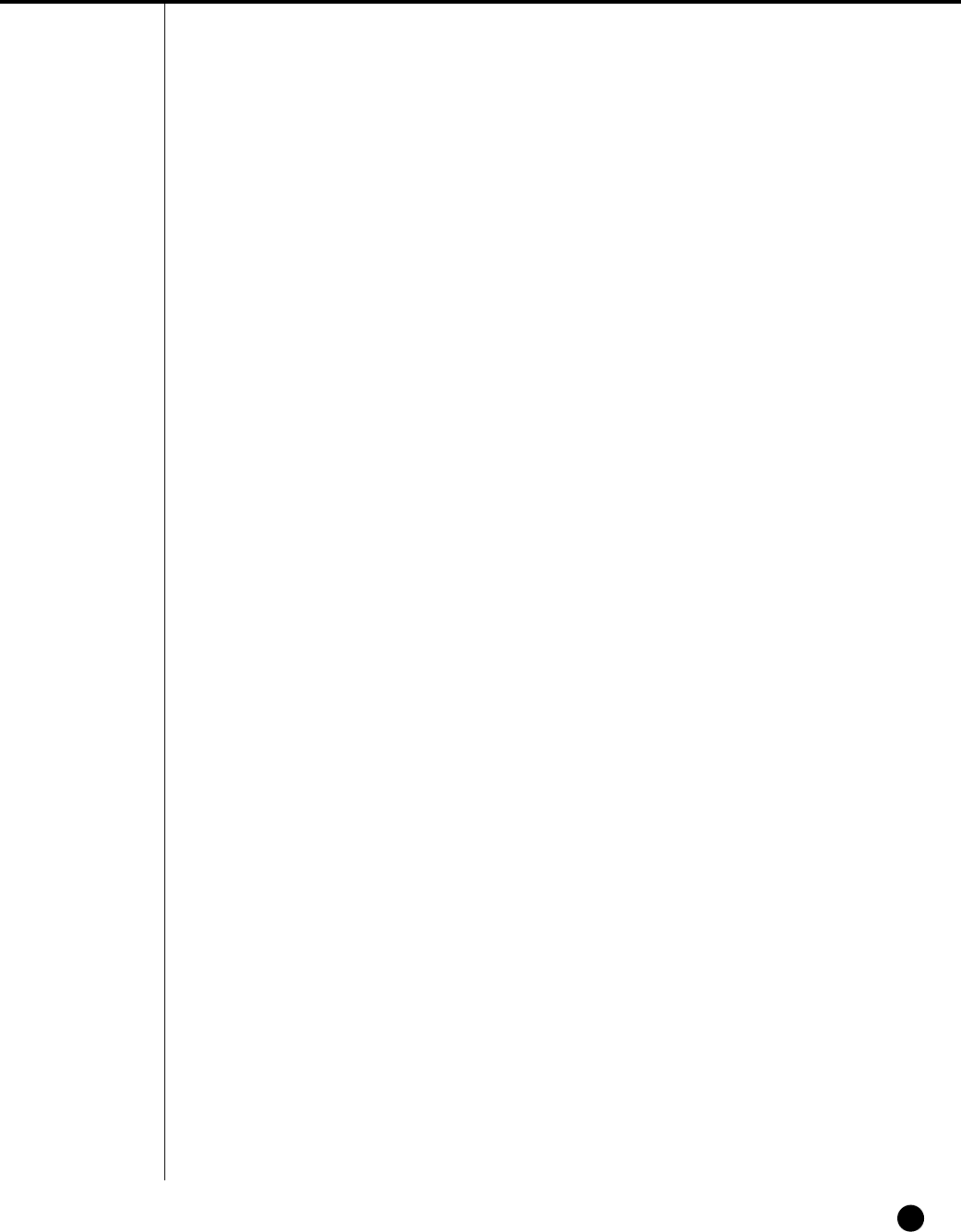
10-22
Japan
SHR-2040/2041/2042 USER’S MANUAL
The threshold for this to be true is not
precisely defined by law.
If such an object file uses only numerical
parameters, data structure layouts and
accessors, and small macros and small
inline functions (ten lines or less in
length), then the use of the object file is
unrestricted, regardless of whether it is
legally a derivative work. (Executables
containing this object code plus portions
of the Library will still fall under Section
6.)
Otherwise, if the work is a derivative of
the Library, you may distribute the object
code for the work under the terms of
Section 6. Any executables containing
that work also fall under Section 6,
whether or not they are linked directly
with the Library itself.
6. As an exception to the Sections above,
you may also combine or link a "work
that uses the Library" with the Library to
produce a work containing portions of the
Library, and distribute that work under
terms of your choice, provided that the
terms permit modification of the work for
the customer's own use and reverse
engineering for debugging such modifica-
tions.
You must give prominent notice with each
copy of the work that the Library is used
in it and that the Library and its use are
covered by this License. You must supply
a copy of this License. If the work during
execution displays copyright notices, you
must include the copyright notice for the
Library among them, as well as a refer-
ence directing the user to the copy of this
License. Also, you must do one of these
things:
■ Accompany the work with the com
plete corresponding machine- readable
source code for the Library including
whatever changes were used in the
work (which must be distributed under
Sections 1 and 2 above); and, if the
work is an executable linked with the
Library, with the complete machine-
readable "work that uses the Library",
as object code and/or source code, so
that the user can modify the Library
and then relink to produce a modified
executable containing the modified
Library. (It is understood that the user
who changes the contents of defini-
tions files in the Library will not neces-
sarily be able to recompile the applica-
tion to use the modified definitions.)
■ Use a suitable shared library mecha-
nism for linking with the Library. A suit-
able mechanism is one that (1) uses at
run time a copy of the library already
present on the user's computer system,
rather than copying library functions
into the executable, and (2) will operate
properly with a modified version of the
library, if the user installs one, as long
as the modified version is interface-
compatible with the version that the
work was made with.
■ Accompany the work with a written
offer, valid for at least three years, to
give the same user the materials speci-
fied in Subsection 6a, above, for a
charge no more than the cost of per-
forming this distribution.
■ If distribution of the work is made by
offering access to copy from a desig-
nated place, offer equivalent access to
copy the above specified materials
from the same place.
■ Verify that the user has already
received a copy of these materials or
that you have already sent this user a
copy.
For an executable, the required form of
the "work that uses the Library" must
include any data and utility programs
needed for reproducing the executable
from it. However, as a special exception,
the materials to be distributed need not
include anything that is normally distrib-
uted (in either source or binary form) with
the major components (compiler, kernel,
and so on) of the operating system on
which the executable runs, unless that
component itself accompanies the exe-
cutable.
It may happen that this requirement con-
tradicts the license restrictions of other
proprietary libraries that do not normally
accompany the operating system. Such a
contradiction means you cannot use both
them and the Library together in an exe-
cutable that you distribute.
7. You may place library facilities that are
a work based on the Library side-by-side
in a single library together with other


















